Spring Snow Crabapple Care: How To Grow A Spring Snow Crabapple Tree
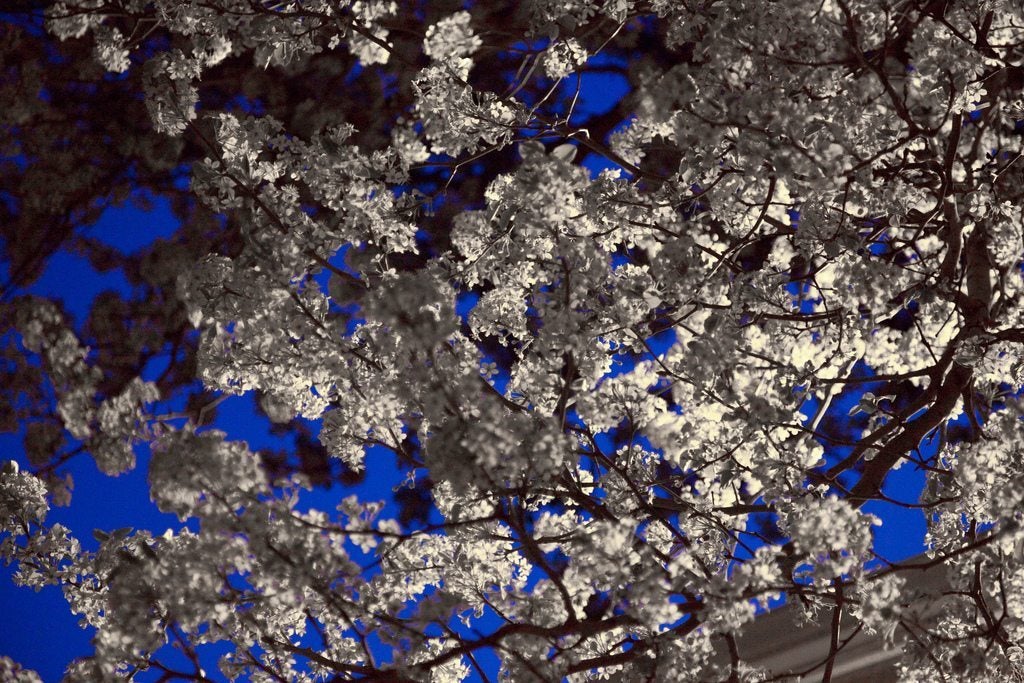

‘Spring Snow’ gets its name from the fragrant white blossoms that cover the small crabapple tree in spring. They contrast brilliantly with the bright green of the foliage. If you are looking for a fruitless crabapple, you might want to think about growing ‘Spring Snow’ crabapples. Read on for tips on how to grow a ‘Spring Snow’ crabapple (Malus 'Spring Snow') and other information.
Spring Snow Crabapple Information
Is a crabapple tree that doesn’t produce crabapples still a crabapple tree? It is, and anyone growing ‘Spring Snow’ crabapples appreciate the fruitless trees. Many gardeners do not grow crabapple trees for the fruit. Unlike crisp, delicious apple or pears, crabapples are not popular as off-the-tree snacks. The fruit is sometimes used for jams, but less these days than yesteryear. ‘Spring Snow’ crabapple trees offer the ornamental benefits of crabapples trees. The plant grows as an upright tree to 20 feet (6 m.) tall and 25 feet (8 m.) wide. The branches form an attractive, rounded canopy that is symmetrical and provides some summer shade. The tree is covered by bright green, oval leaves that turn yellow in autumn before falling. The most attractive feature of ‘Spring Snow’ crabapple trees are the flowers. They appear in spring, very white and very showy – just like snow. The blossoms offer a sweet fragrance as well.
‘Spring Snow’ Crabapple Care
If you are wondering how to grow a ‘Spring Snow’ crabapple tree, you’ll find they grow best in USDA plant hardiness zones 3 through 8a. The tree grows best in full sunshine, although ‘Spring Snow’ crabapple trees accept most types of well-draining soil. You won’t have to worry about the roots of these crabapple trees. They rarely, if ever, cause issues by pushing up sidewalks or foundations. On the other hand, you may have to prune out the lower branches. This will be an important part of its care if you need access below the tree. Crabapple trees grow well in compacted soil in urban areas. They tolerate drought quite well and even wet soil from time to time. The trees are somewhat tolerant of salt spray too.
Gardening tips, videos, info and more delivered right to your inbox!
Sign up for the Gardening Know How newsletter today and receive a free copy of our e-book "How to Grow Delicious Tomatoes".

Teo Spengler is a master gardener and a docent at the San Francisco Botanical Garden, where she hosts public tours. She has studied horticulture and written about nature, trees, plants, and gardening for more than two decades. Her extended family includes some 30 houseplants and hundreds of outdoor plants, including 250 trees, which are her main passion. Spengler currently splits her life between San Francisco and the French Basque Country, though she was raised in Alaska, giving her experience of gardening in a range of climates.
-
 Looking For Plants To Give You The Soft And Fuzzies? Try These 5 Fuzzy Leaf Plant Options
Looking For Plants To Give You The Soft And Fuzzies? Try These 5 Fuzzy Leaf Plant OptionsLovers of texture, drama, silver foliage and tactile plants will adore these special sensory garden additions. These fuzzy leaf plant options will leave you all aglow
By Susan Albert
-
 Get Ready For A Summer Of Hummers! Grow These Full Sun Hummingbird Plants and Flowers
Get Ready For A Summer Of Hummers! Grow These Full Sun Hummingbird Plants and FlowersIf you’re lucky enough to enjoy a sunny backyard, make sure you are maxing out on your pollinator opportunities and grow these full sun hummingbird plants and flowers
By Tonya Barnett
-
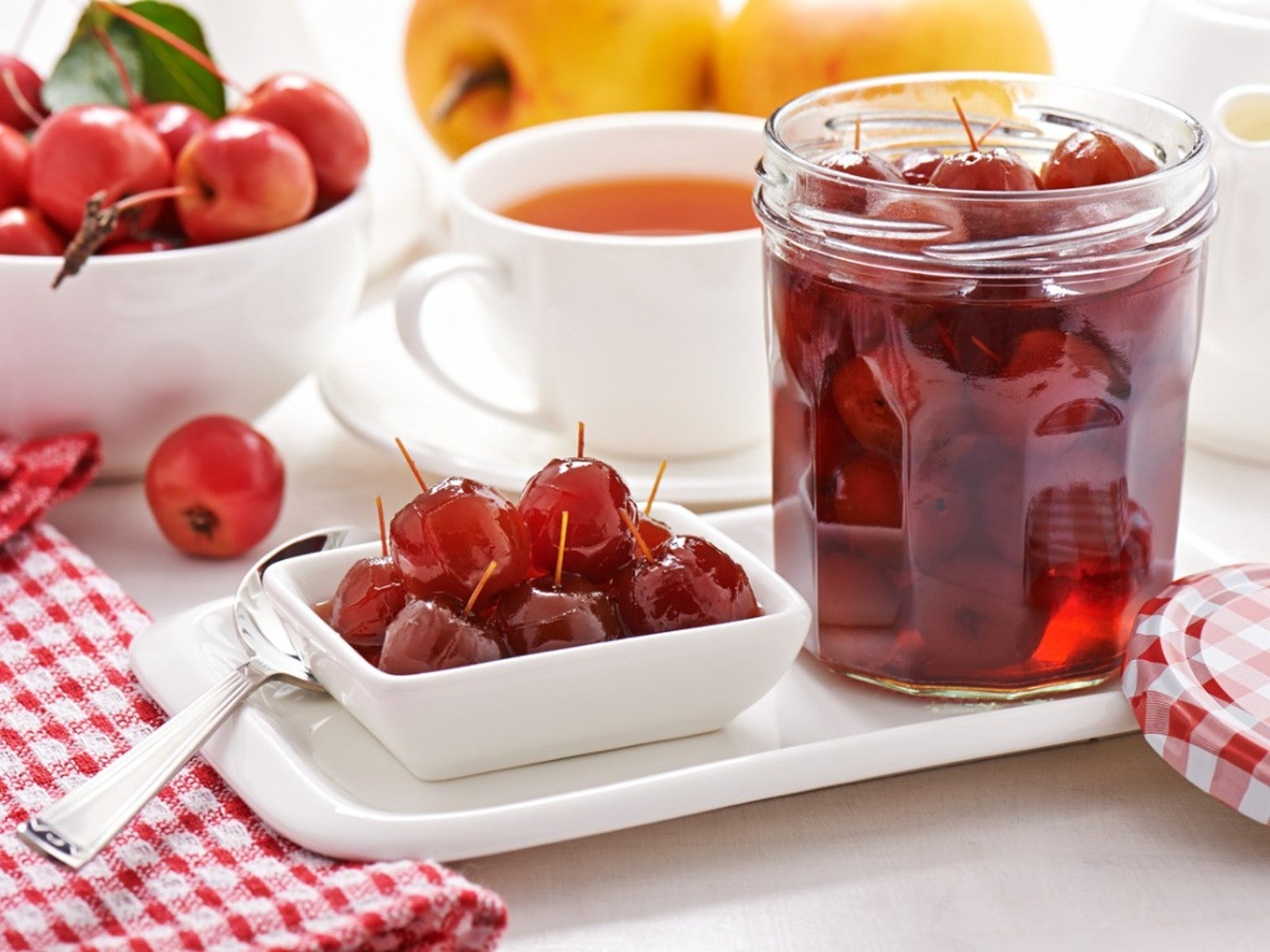 Crabapples Recipe Ideas To Add To Your Thanksgiving Menu
Crabapples Recipe Ideas To Add To Your Thanksgiving MenuCrabapple preserves make a delightfully tart treat. Learn here how to make a simple crabapple jelly.
By Bonnie L. Grant
-
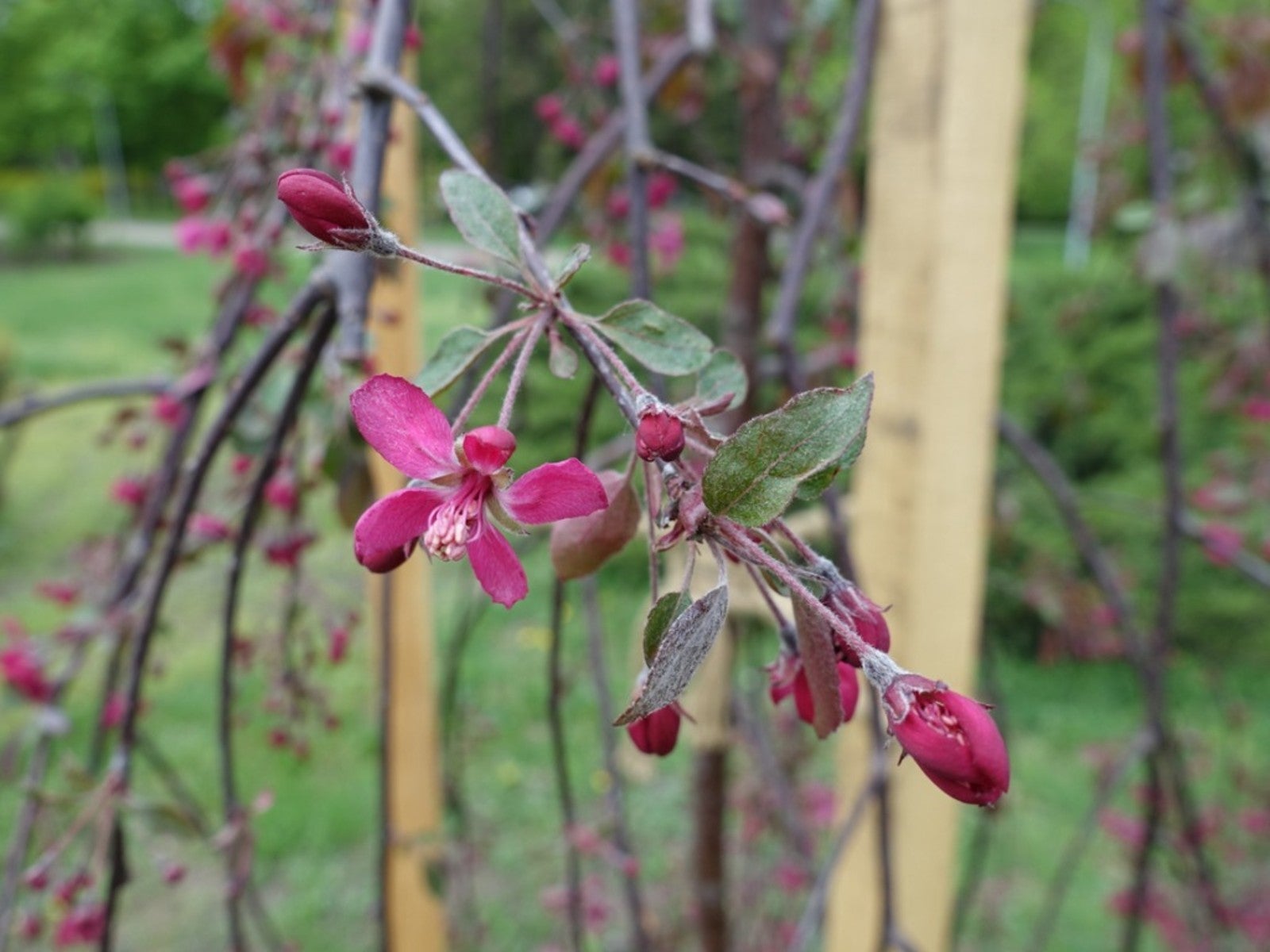 Weeping Crabapple Pruning – Tips For Trimming A Weeping Crabapple
Weeping Crabapple Pruning – Tips For Trimming A Weeping CrabappleTrimming a weeping crabapple is essential to keeping it healthy and blooming. If you are wondering how to prune a weeping crabapple, read on for info and tips.
By Teo Spengler
-
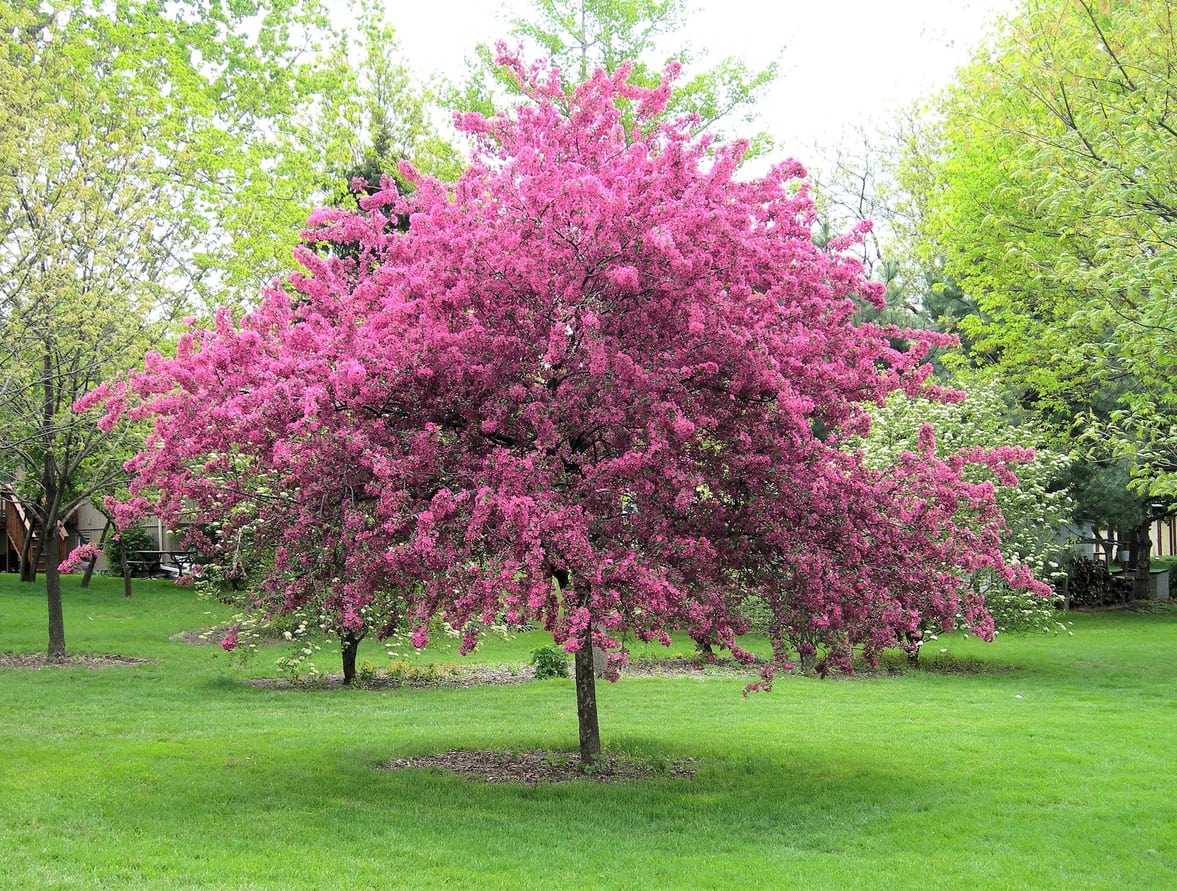 Crabapple Feeding Requirements: Learn How To Fertilize A Crabapple Tree
Crabapple Feeding Requirements: Learn How To Fertilize A Crabapple TreeFlowering crabapple is a popular ornamental tree that many people choose for landscaping for the attractive shape, spring flowers, and low-maintenance needs. Despite its hands-off nature, feeding a crabapple may be necessary to promote growth and health. Learn more here.
By Mary Ellen Ellis
-
Ralph Shay Crabapple Care: Growing A Ralph Shay Crabapple Tree
Ralph Shay crabapple trees are mid-sized trees with dark green leaves and an attractive rounded shape. These crabapples are on the large side and are suitable for growing in USDA plant hardiness zones 4 through 8. Click this article to learn more about them.
By Mary H. Dyer
-
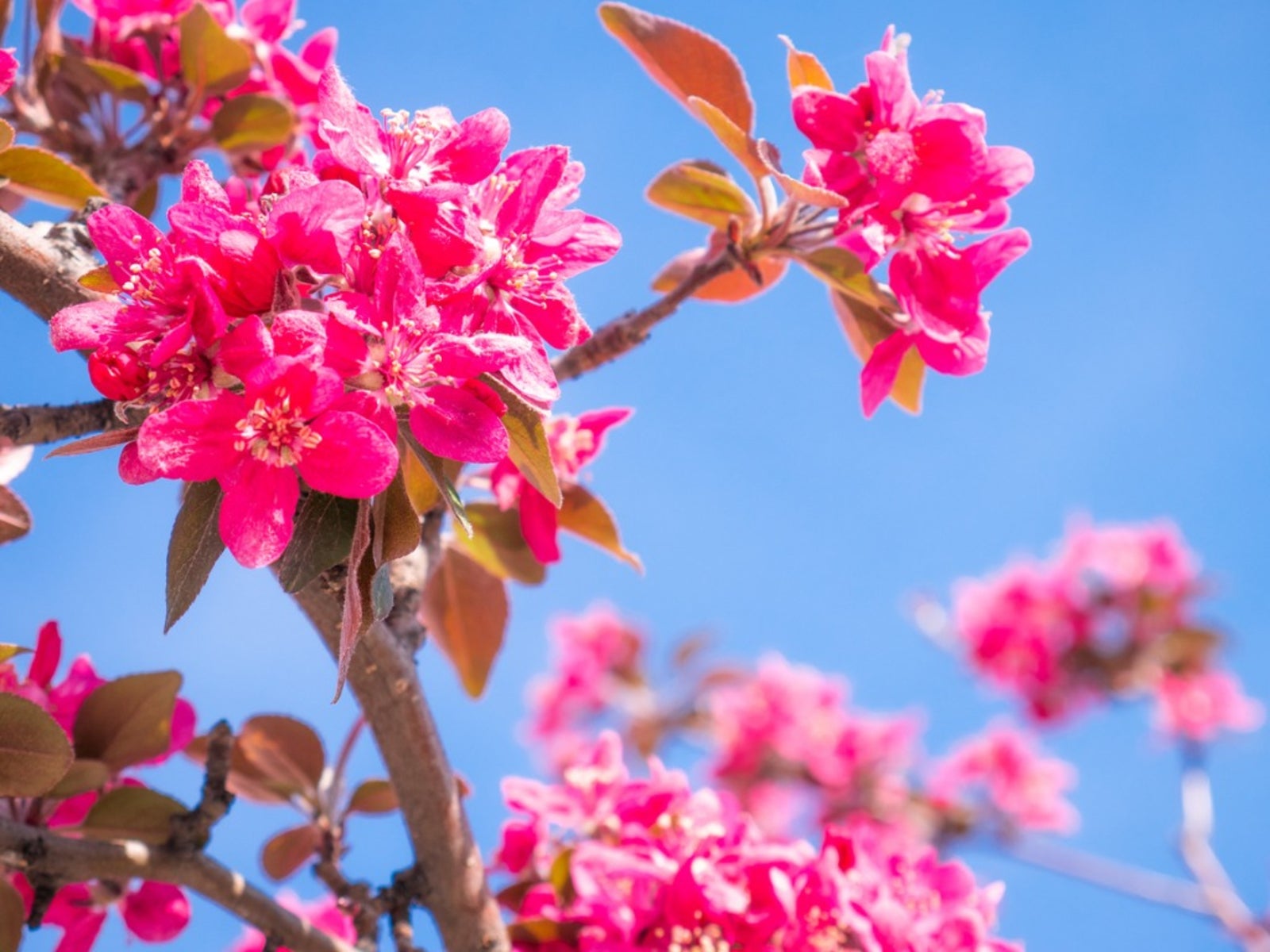 Royal Raindrops Crabapples – Learn About Growing A Royal Raindrops Tree
Royal Raindrops Crabapples – Learn About Growing A Royal Raindrops TreeRoyal Raindrops flowering crabapple is a newer crabapple variety with bold pinkish-red flowers in spring and dark green leaves that turn a bright coppery red in autumn. Interested in growing a royal raindrops tree in your garden? Click here for more information.
By Mary H. Dyer
-
Adams Crabapple As A Pollinizer: Tips For Growing An Adams Crabapple Tree
Beautiful the tree may be, but there is another important reason for growing an Adams crabapple; it is a great choice for pollinating other varieties of apple. Click here to find out how to grow an Adams crabapple and information about Adams crabapple care.
By Amy Grant
-
Camzam Apple Info: Learn About Camelot Crabapple Trees
Even if you lack a large garden space, you can still grow one of the many dwarf fruit trees such as the Camelot crabapple tree. Find out how to grow a Camelot crabapple and other Camzam apple info related to Camelot crabapple care in this article.
By Amy Grant
-
 Prairifire Crabapple Information : Learn About Growing Prairifire Trees
Prairifire Crabapple Information : Learn About Growing Prairifire TreesPrairifire is a flowering crabapple with high disease resistance, ease of care and several seasons of beauty. The tree is outstanding as an ornamental specimen in the landscape and the fruits of the tree are important food for wild animals and birds. Learn more here.
By Bonnie L. Grant